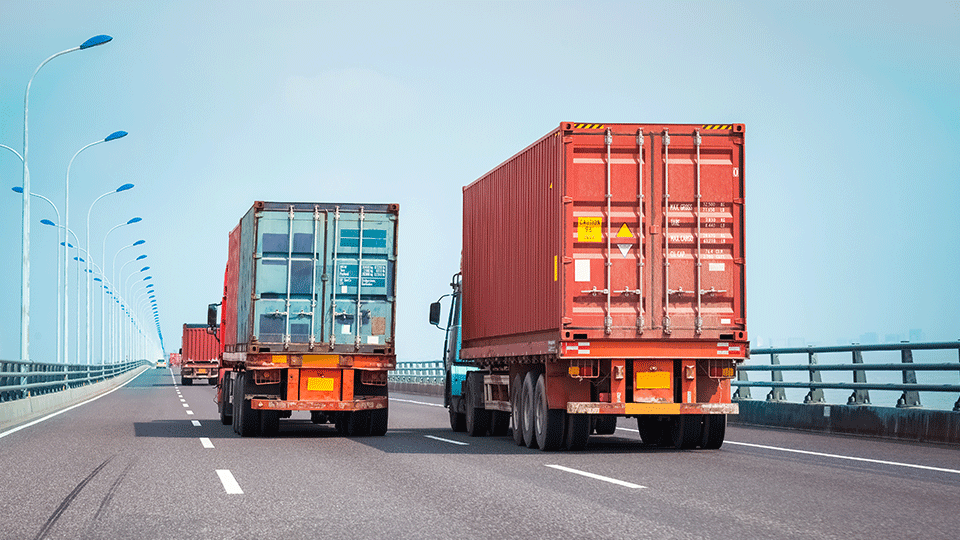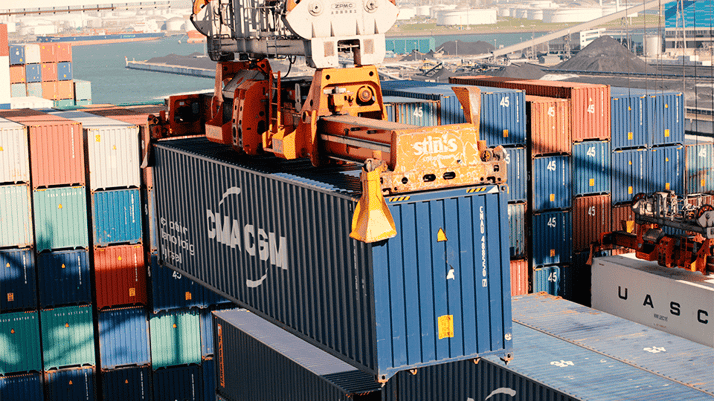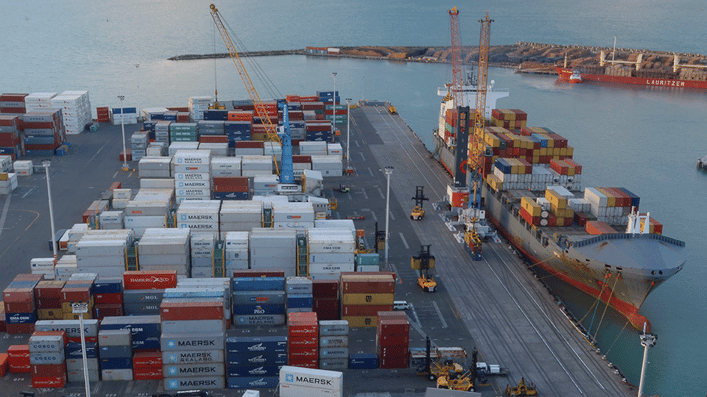
Moving your freight internationally is anything but simple. There are, seemingly, endless documents to file, terms to understand and parties to connect with.
Not only that, but you also have people relying on you to get cargoes moved correctly — as expeditiously as possible. So. . . yeah; it’s no wonder why people in your role feel overwhelmed when arranging international transport.
Drayage — a service offered to companies moving cargoes around the world — has become a staple piece of many international supply chains. So you’re here looking for information about what it could mean for yours.
Here at ATS International, we’ve been arranging drayage for customers (as part of their comprehensive transport concept) for decades. We’ve seen how integral drayage can become over the years, allowing shipments to arrive on time and avoid ancillary fees (like equipment demurrage and detention).
You’ll find a comprehensive breakdown of drayage in this article so you feel comfortable arranging, and budgeting for, this service in the future.
For your convenience, we’ve broken down the information as follows:
- What is drayage?
- How is drayage done?
- How is drayage arranged?
- What companies offer drayage services?
- What does drayage cost?
- How can drayage services save you money?
What is Drayage?
Drayage is the process of transporting or “draying” a piece of cargo (usually containerized) to or from an international port. As part of its international journey, drayage services can be used on the front end, transporting freight from its original location to a port, or on the back end — from the port to a warehouse/distribution center or to its final destination.
Most commonly, drayage companies move cargo to or from a third-party location, like a container freight station (CFS). When arranged correctly, “draying” cargo to/from a port is a dependable way to prepare it for the next leg of its journey.
How is Drayage Done?
On the whole, drayage is a relatively uniform process; cargo is picked up — either at a port or a specified location — and transported to its next stop.
Chassis, hauled by a drayage provider’s driver are used to transport each load.
Usually, these chassis are owned by the ocean carrier and utilized (via interchange agreement) by drayage providers. Both containerized and flatrack cargo (which isn’t in a container) is transported on these chassis which are subsequently returned to their respective port or terminal location.
Beyond hauling cargo from A to B, some drayage providers often offer “strip and dray” and “pack and dray” services. When requested, these companies will “strip” or “pack” the container prior to, or following, transport.
This helps to ensure your cargo is ready for pre-carriage and/or the on-carriage portions of its transportation journey.

How is Drayage Arranged?
Usually, your drayage will be arranged by the freight forwarder or transportation provider(s) handling your international concept and routing. Most tenured providers have standing relationships with the drayage companies that offer service to/from the ports your freight will solicit.
As such, your transportation company should be more than capable of arranging these services for you.
What Companies Offer Drayage Service?
Drayage is offered by a wide variety of transportation companies. Some large trucking companies, like Swift and J.B. Hunt, offer drayage services to and from ports near their locations. These companies have the resources to offer drayage in addition to the array of other transportation solutions they boast — using their trucks to power-only short-run drayage loads.
Other companies specialize in providing drayage (and drayage-related services) exclusively, owning a fleet of trucks and employing drivers to run them.
Most commonly, drayage fleets are located near the port and consistently haul cargo to/from them within a 100-mile radius.
What Does Drayage Cost?
If you need drayage service for your next shipment, expect to pay $800-$1,500 on each end. Since you’ll likely need drayage service on the origin and destination side of each shipment, your all-in cost will range between $1,600-$3,000.
The price of securing drayage coverage will change based on a variety of factors, including but not limited to:
- Your shipment’s length of haul
- Your load’s location and the demand for drayage service therein
- The number of drayage companies in that area
- The urgency of your shipment
Like other transportation services, drayage prices can vary greatly depending on the situation. For this reason, it’s important that you consult a trusted transportation company when budgeting for these expenses. A reliable provider will be able to narrow this range for you.
Related Content: What Does International Shipping Cost?
How Can Drayage Services Save Your Money?
Depending on your timelines, drayage services like “strip and dray” can be a great way to avoid port service charges like equipment demurrage and port detention (at a port of entry). Let’s talk about how. . .
Avoid Equipment Demmurage
Every containerized shipment (with equipment rented from a third party) is given a specific window of time to utilize its container before equipment demurrage fees are levied. Recently, due to port congestion issues and high container prices, this timeframe has been shortened to 3-5 calendar days.
By arranging a “strip and dray” service, shippers can avoid paying for equipment demurrage. Instead, containerized cargo is picked up from the port, transported to the CFS/warehouse and unloaded. Subsequently, that container can be returned in a timely manner, limiting the likelihood that the 3-5 day timeframe is surpassed.

Avoid Port Detention
Once a shipment arrives at the port, it is given a pre-set amount of “free” time to sit at the port. Usually, this period lasts no more than a week. Shippers are charged for every day that cargo idles at the port following its final “free” day.
When arranged properly (with enough notice) drayage can help companies avoid paying port detention as freight is picked up and transported out of the port in a timely manner.
Reliably Book Drayage With a Great Freight Forwarder
Moving your freight internationally — especially via marine vessel — can be a complex process. In all likelihood, drayage will (at one point or another) impact your supply chain. And, while this article has left you with a basic understanding of what drayage is and how it is done, having a great partnership — or two — in your corner will make this process far smoother.
Freight forwarders — international transportation companies specializing in arranging international shipments from start to finish — aren’t hard to come by; there are plenty of companies offering these services.
However, choosing a great one (the right one) can be difficult. Sure, many freight forwarders are good at what they do and set up international shipments every day. But others aren’t as competent.
You have too much on the line to worry about whether your international freight forwarder has the expertise, relationships and values needed to oversee your shipments.
To help you select the right forwarder for your company — a forwarder with the ability to follow through when it matters most — check out this article which outlines tips for choosing.
Finally, if you have any questions about how ATS International arranges drayage or any international transportation service, check out our services page for more information.




